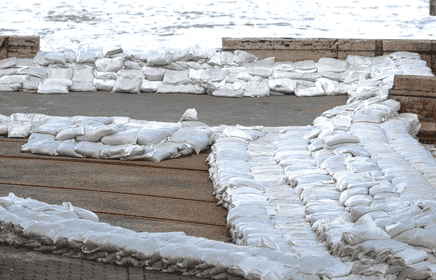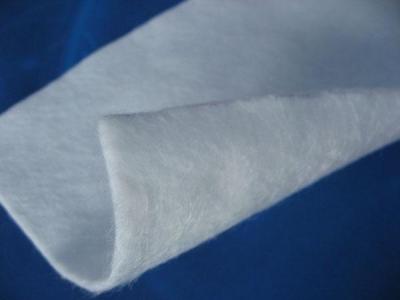Materials and uses of geotechnical sandbags
Materials and uses of geotechnical sandbags
The materials of geotechnical sandbags usually include the following:
High-strength polypropylene (PP) fiber: high-strength polypropylene fiber is the main material for making geosandbags, which has high strength, weather resistance and chemical corrosion resistance. This fiber is generally made into a bag-like structure by the weaving or rope mesh process.
High-strength composite fiber materials: Some geotechnical sandbags use high-strength composite fiber materials, such as glass fiber or carbon fiber. These materials have higher strength and durability and are suitable for harsher environments and engineering requirements.
Cloth reinforced waterproof material: In order to increase the waterproof performance and durability of the geotechnical sandbag, sometimes a cloth with a waterproof coating is used to reinforce the outer layer of the sandbag.
Buffer material: Some geotechnical sandbags are filled with buffer material inside, such as sand, soil or foam. These materials can increase the stability and impact resistance of geosandbags.
Geotechnical sandbag is a kind of bag-like structure made of high strength and weather resistant material, which is often used in civil engineering such as water conservancy engineering, flood control engineering and bank protection engineering. The functions of geotechnical sandbags are as follows:
Flood control and waterlogging: geotechnical sandbags can effectively block water flow and be used for temporary or permanent flood protection. When the water level rises, they can be used to build temporary embankments or revetments to prevent flooding.
Revetment repair: geotechnical sandbags can be used to repair damaged revetment, including banks, levees, wharves, etc. They stabilize the soil and prevent further erosion and collapse.
River regulation: geotechnical sandbags can be used for river regulation, including flow regulation, river bed restoration, shoreline protection, etc. They stabilize river banks and prevent river channel deformation or dam failure.




